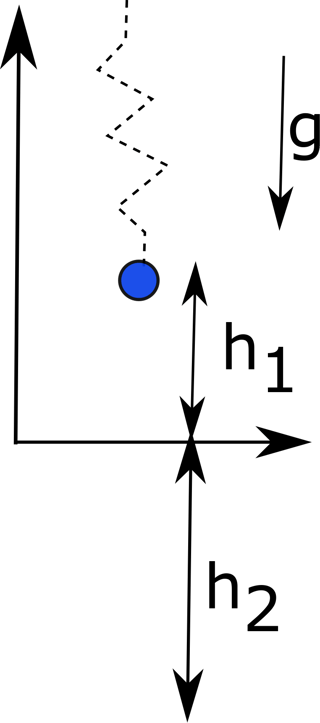I have a problem of one of my students mechanics homework that I am unsure on and could do with resolving by tomorrow is possible! A spring of natural length $0.5m$ is attached to the ceiling and a particle of mass $0.3kg$ is attached to the other end. The modulus of elasticity of the spring is $6N$. The particle is raised so that it is $0.4m$ from the ceiling (less than the natural length of the spring) and dropped. The question wants to know the distance between the particle and the ceiling at the point which the particle first comes to rest. It also insists that we use the Conservation of Energy. Now clearly the particle has an initial and a final KE of $0$, and so its energy loss is equal to its change in GPE. I am assuming that this loss in mechanical energy is equal to the work done by the tension in the spring. However this tension is constantly changing and so I'm not sure how I would calculate this. I know we can use $T=\frac{\lambda x}{L}$ to calculate the tension at any given point, but this is not sufficient.
Could someone please shine some light on this for me, as it is not covered in any textbook I possess and I can't seem to resolve it with a google search.

